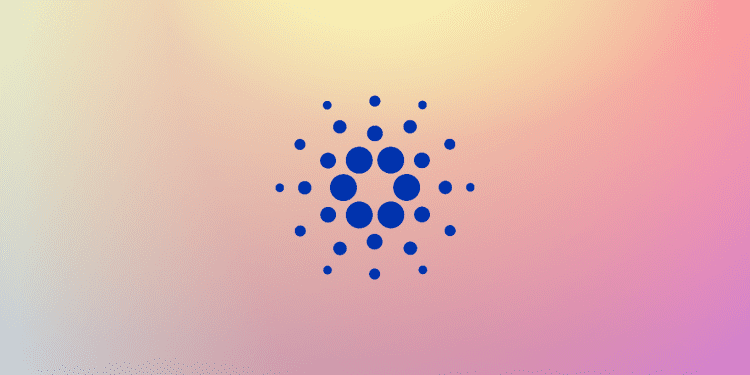After multiple delays, the Cardano hard fork upgrade is in sight. Founder Charles Hoskinson told the Cardano community to rest assured, and that full implementation of the hard fork is nearby. Only a few fine details remain, the largest of which concerns many nodes that have upgraded to the new version. Requiring at least 75% of nodes running on version 1.35.3, Cardano falls at a shy 60%. It may take days before the hard fork—Vasil—is launched.
Introducing Vasil
Penned as “Vasil,” the upgrade is named after Bulgarian mathematician Vasil Dabov—who was a Cardano community member. The Cardano upgrade has again been delayed to the end of August after two other delays from June and the last week of July.
This upgrade brings substantial changes and enhancements—some of which are the CIP mechanisms. The improvement will facilitate ease in transactions for DApps. Previously, DApps had to recreate output, but the “new CIP-31 upgrade will also allow DApps to access transactional output without the need to recreate them.”
Also, the CIP-32 upgrade will help users and developers store on-chain data. The goal is to support Cardano and transform it into a “truly decentralized architecture.” The CIP-33 mechanism will lower the costs of transactions by reducing the size and making transactions compact. This mechanism is described as instilling a “lightweight” feature into transactions. Lastly, CIP-40 has the objective of improving the scalability of the network.
The Road Leading Up to the Vasil Hard Fork
After multiple delays, founder Charles Hoskinson guaranteed the Cardano community that “there will be no more delays with the hard fork.” Hoskinson—along with lead developer Sooraj—assured everyone that all major bugs in the system which were causing the delays had been fixed.
But the road toward testing and debugging has not been an easy one. Hoskinson assigns such delays to “bugs found in the code.” The developers have worked hard to eliminate the bugs and vulnerabilities to ensure that the code works correctly.
Specifically, Input Output Hong Kong (“IOHK”) noted that the upcoming hard fork has “no severe bugs,” and just a few remain. It stated,
[W]e still have a few outstanding items we need to run to confirm everything is working as expected. We have determined we’ll need a few more days for this.
On July 3, Cardano successfully launched the hard fork testnet. This was a significant milestone, bringing the hard fork one step closer to fruition. After the testnet comes to the mainnet. Thus, hard fork developers for Cardano then had to grapple with deploying the hard fork on the mainnet.
One of the significant developments was the nodes—which were subsequently released. Developers officially decided on version 1.35.3 of the node for Vasil. Stake pool operators have already begun updating their nodes to this version.
Nearing the Finish Line
Significant progress has been made, and the finish line is in sight. Crypto exchange Binance is one of the exchanges that has already upgraded its node. Right now, about 4 of 10 Cardano DApps are currently “updating and running the 1.35.3 version signaling that the Vasil Upgrade is indeed nearing its deployment.”
But this is not the whole story. For the hard fork to be completed, “at least 75% of all stake pool operators are supposed to have updated their nodes to version.” As of August 26, about 57% of nodes are using 1.35.3, which has been referred to as “good progress.”
Delays will not stop the Cardano hard fork Vasil from coming into being. The bugs in the code that were causing the delays have been fixed. Founder Hoskinson tells users to rest assured—the new upgrade is on the way, and the official implementation will not be postponed again. The end of August and the beginning of September will reveal more details about Cardano’s hard fork—Vasil.














